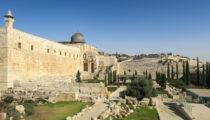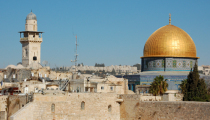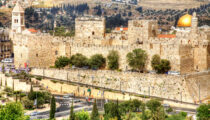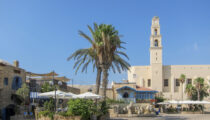August 11, 2023
Visiting Spectacular Masada in Israel
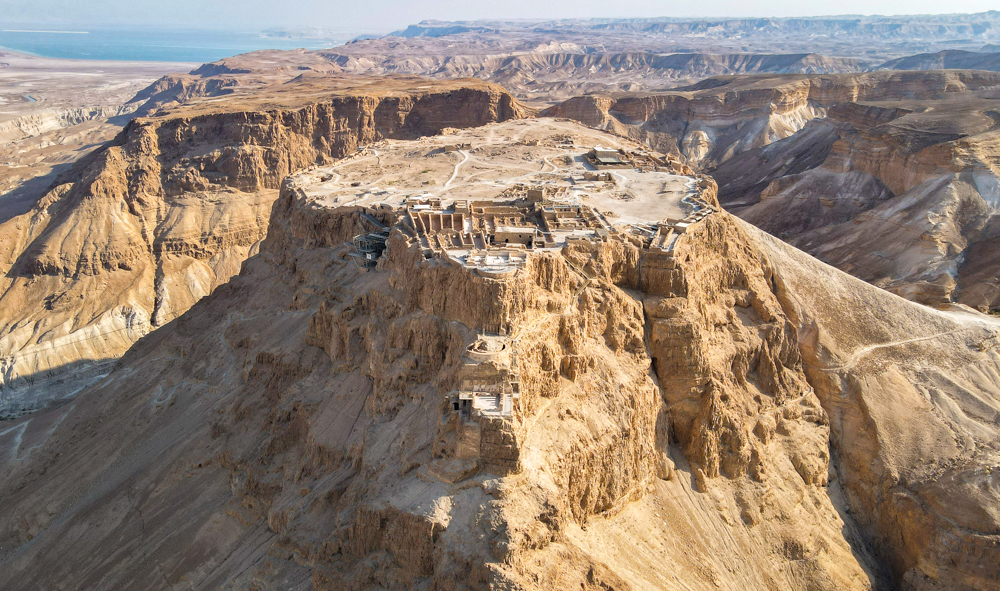
On a high mesa overlooking the Judean Desert and the Dead Sea, the awe-inspiring citadel of Masada is one of the most impressive archaeological sites in Israel. Constructed by the Judean king Herod the Great than 2,000 years ago, the fortified palace complex of Masada is perhaps most famously associated with the legendary last stand of Jewish rebels against Roman rule in the first century A.D. An incredible feat of architecture and engineering, Masada is a UNESCO World Heritage Site and an enduring symbol of Jewish heroism.
Artisans of Leisure arranges private day excursions to Masada from Jerusalem and Tel Aviv. The archaeological complex is a must for travelers interested in Jewish history, the ancient world and historic architecture.
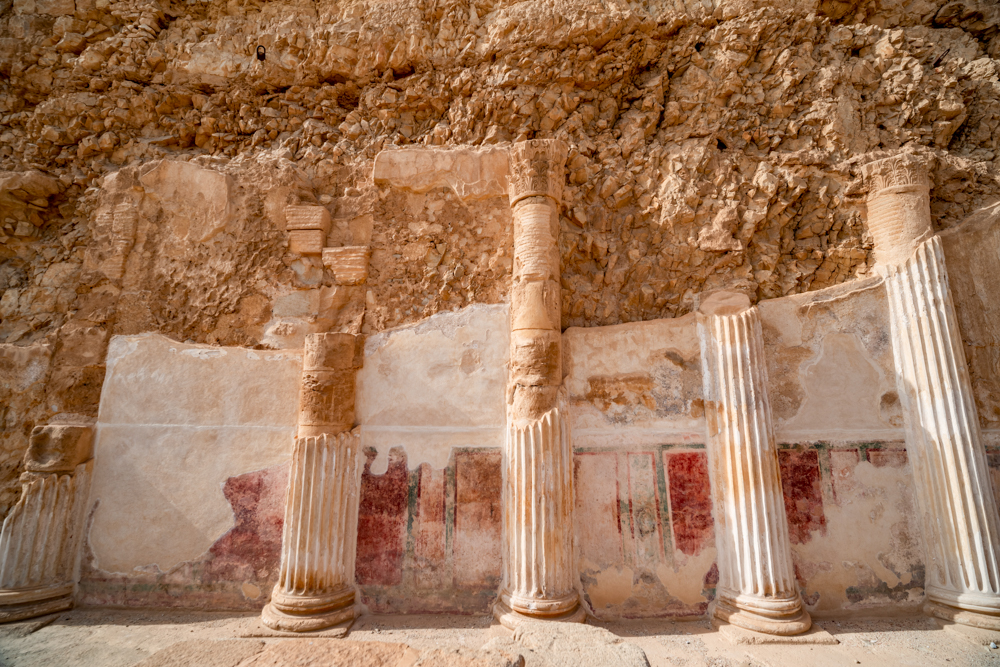
Herod, the king of Judea under the Romans from 37 B.C. to A.D. 4, built the remote desert compound to be a heavily fortified winter retreat. With two palaces, gardens, bathhouses and swimming pools, Masada was intended as an impressive statement of wealth and a refuge in times of political crisis.
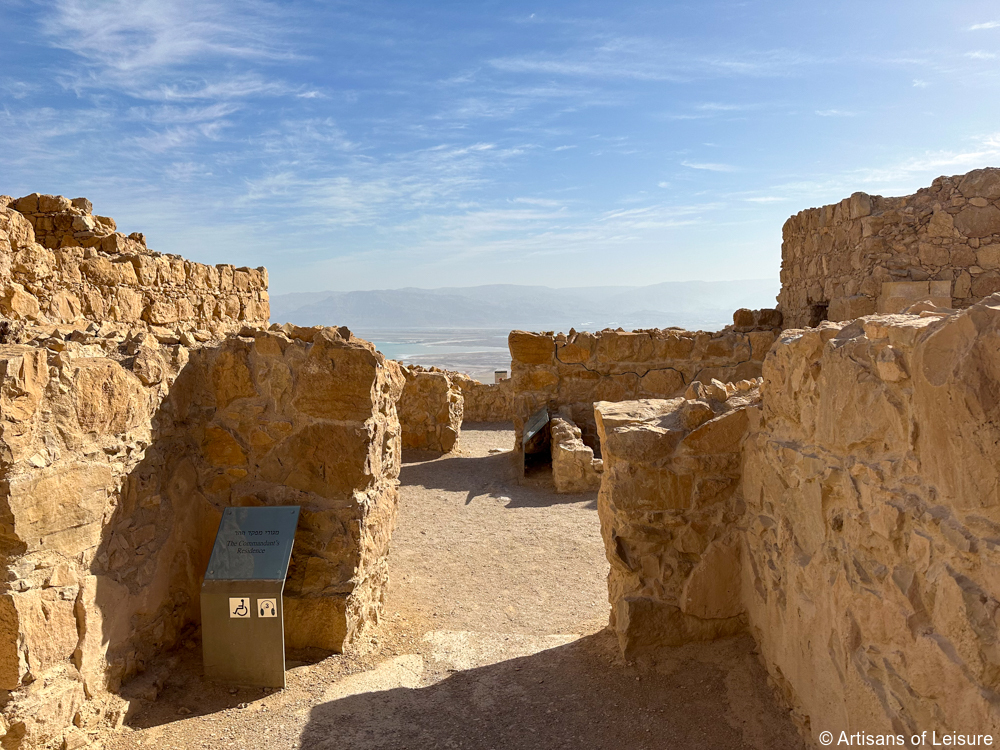
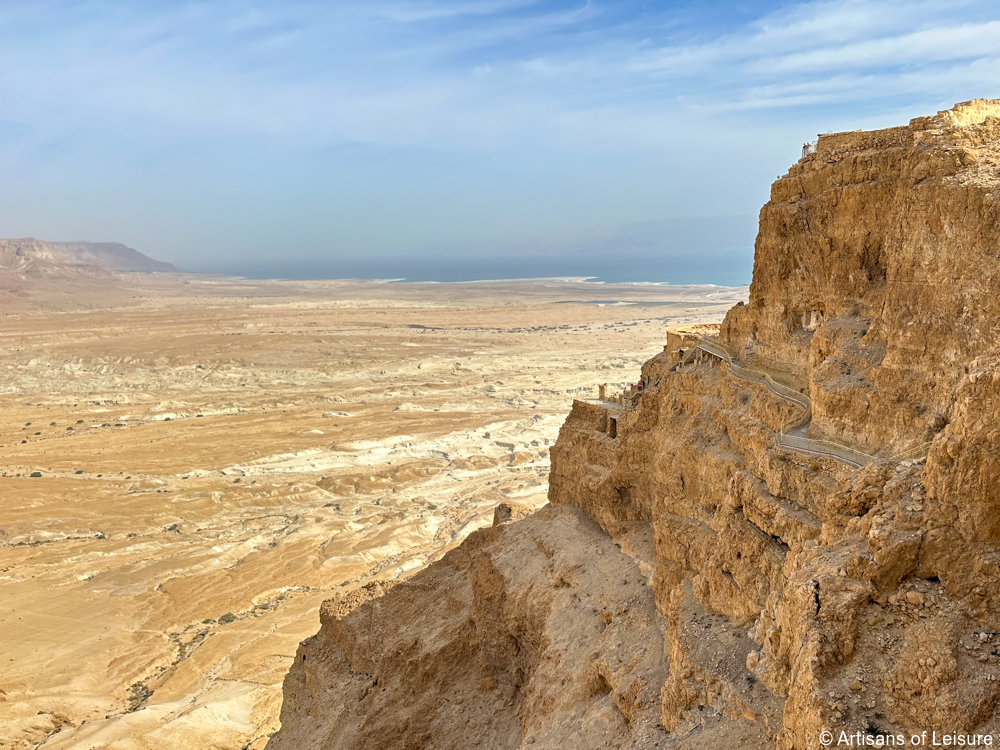
Clinging to the cliff’s edge and offering spectacular views of the desert, the palace originally contained the king’s private living quarters, as well as a library, guest rooms and banquet halls.
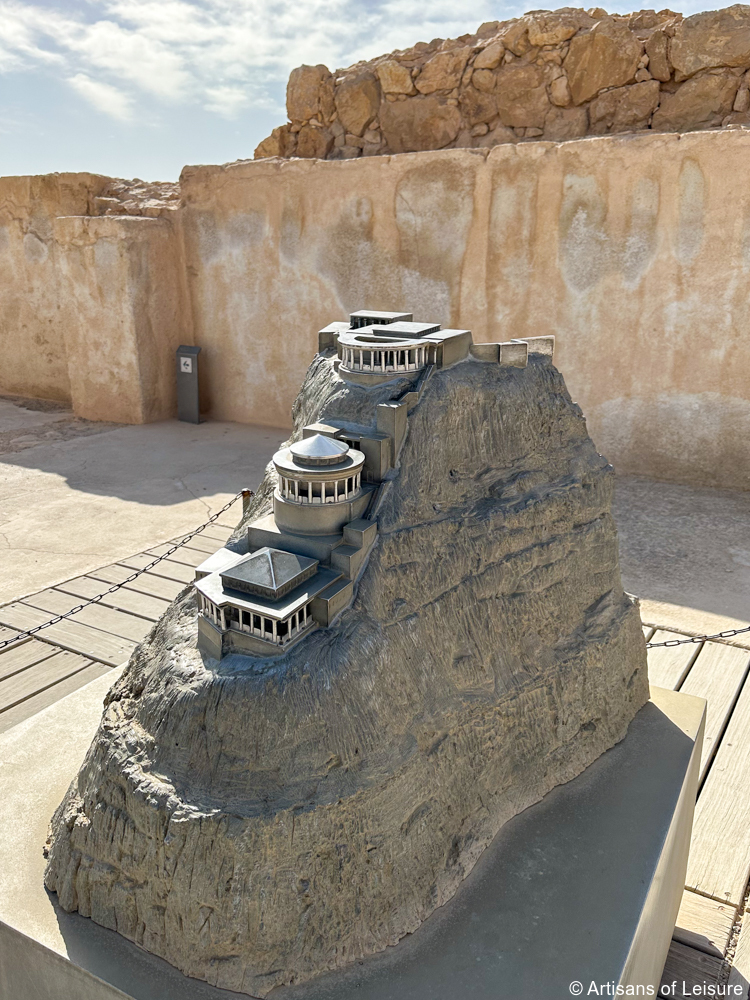
Herod’s private rooms opened onto a terrace with panoramic views of the rocky desert and the turquoise water of the Dead Sea in the distance.
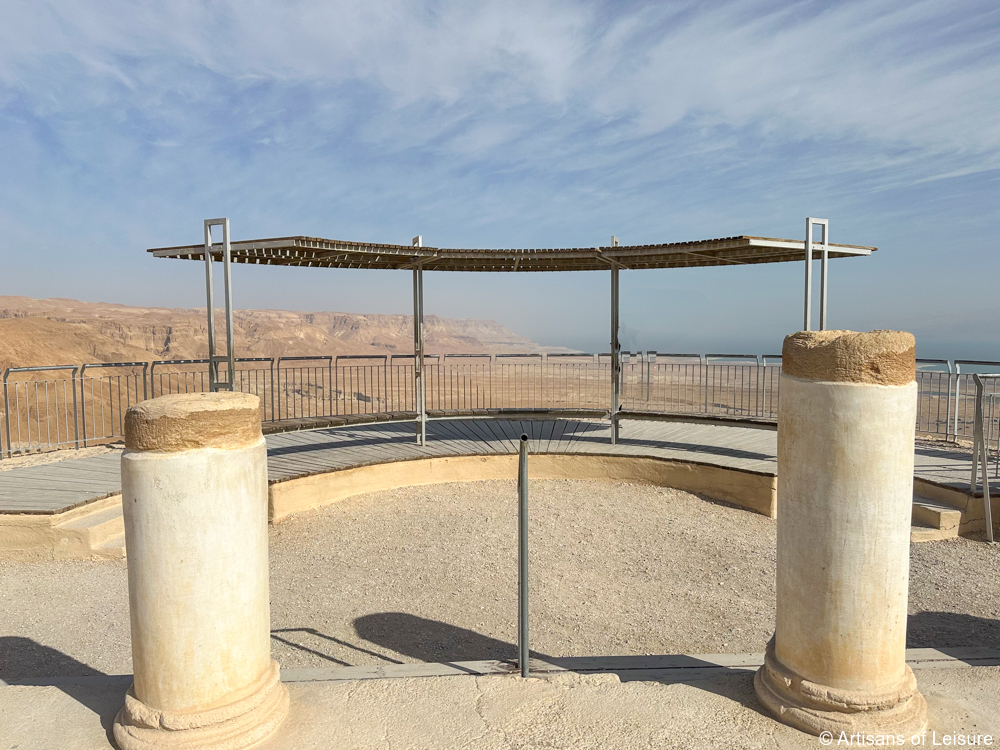
The remains of columns, mosaics and frescoes in various rooms and reception halls give visitors a glimpse of the palace’s former grandeur.
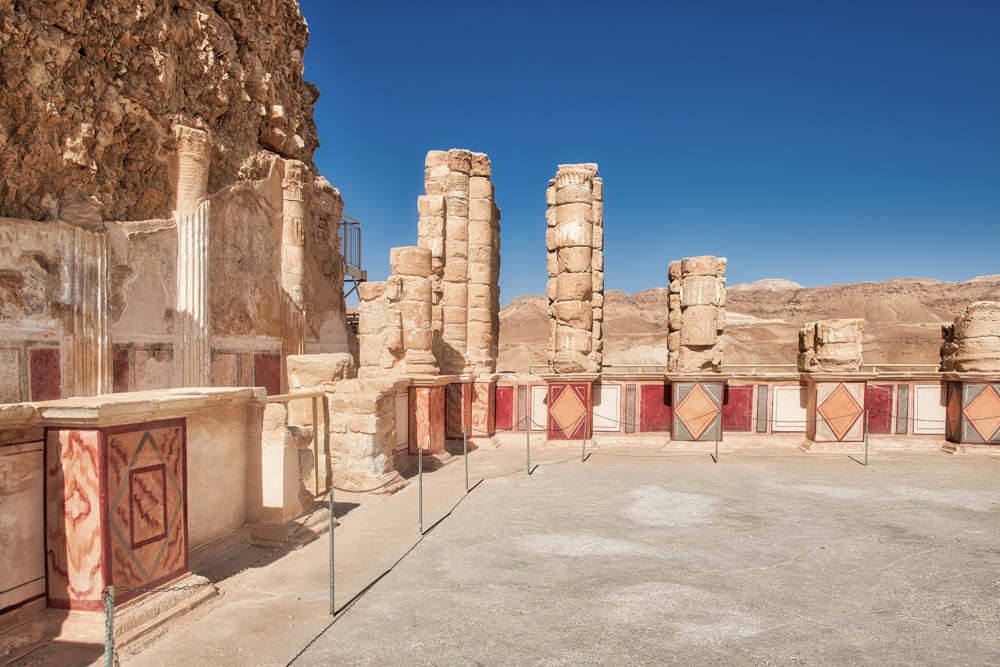
A highlight of the Northern Palace complex is the ancient Roman bathhouse, an ostentatious achievement given the high desert location.
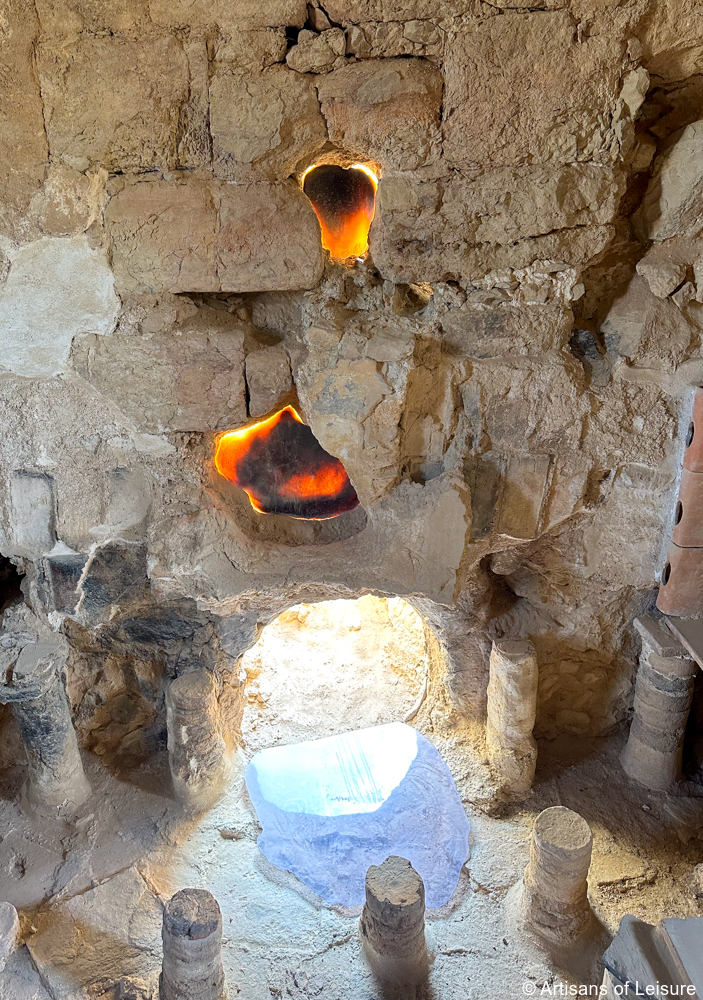
The bathhouse complex includes a courtyard with mosaics…
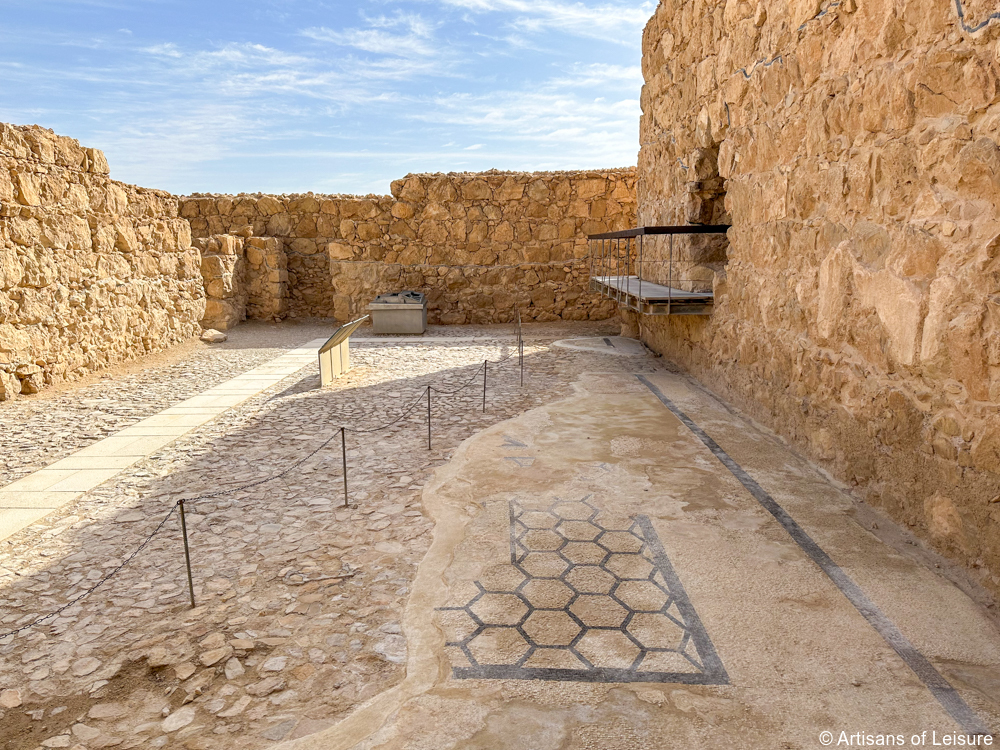
…and several rooms, including a changing room decorated with frescoes…
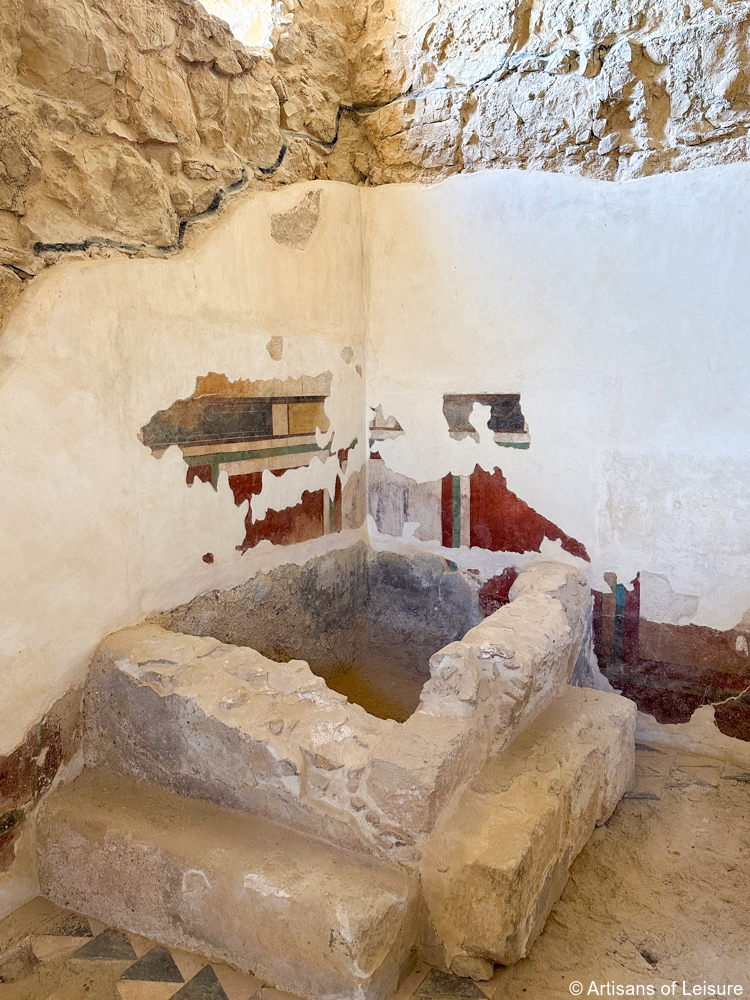
…and a steam room with remains of the hypocaust, an underfloor heating system. Herod also constructed additional public swimming pools as well as a smaller private bathhouse and swimming pool for himself in the Northern Palace complex.
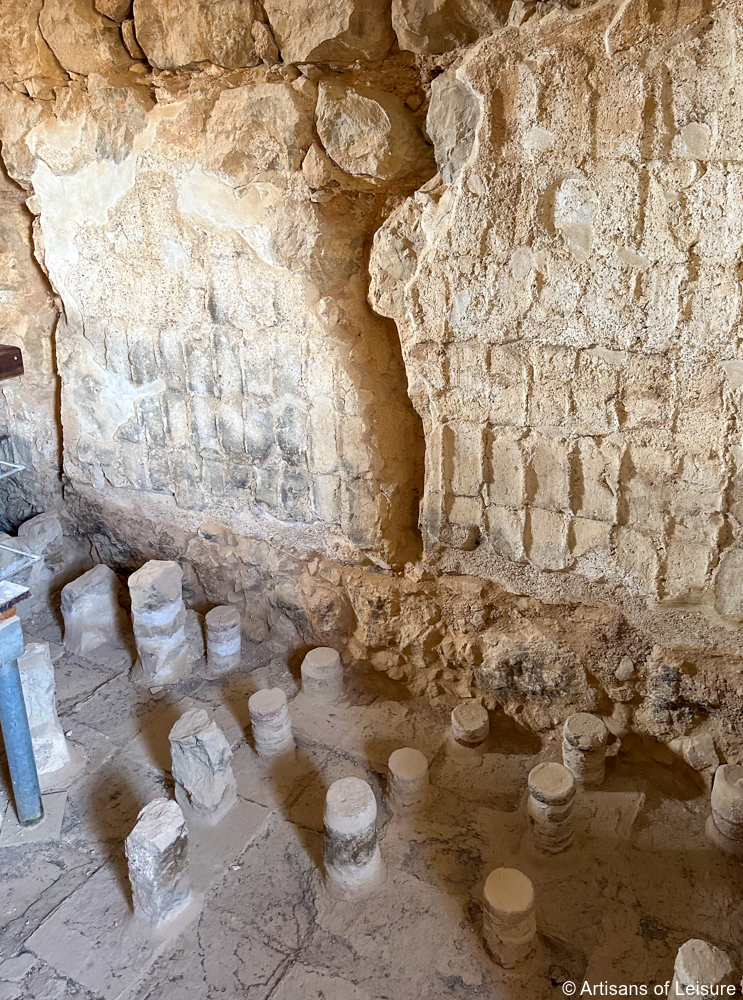
Masada had a sophisticated groundwater management system to supply water to the bathhouses, pools and gardens as well as provide drinking water for up to 1,000 people at a time. A network of dams, channels and cliffside cisterns captured water during winter flash floods that was then carried by pack animals to enormous cisterns at the top. The largest of these could hold over one million gallons.
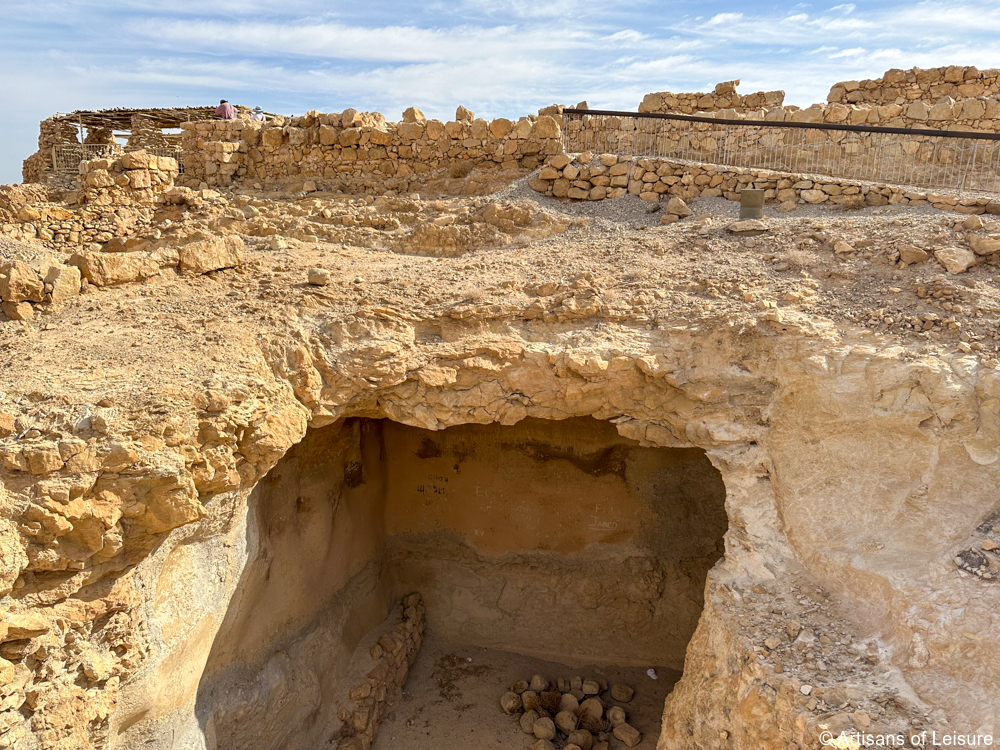
There are also remains of large storerooms, administrative buildings and barracks.
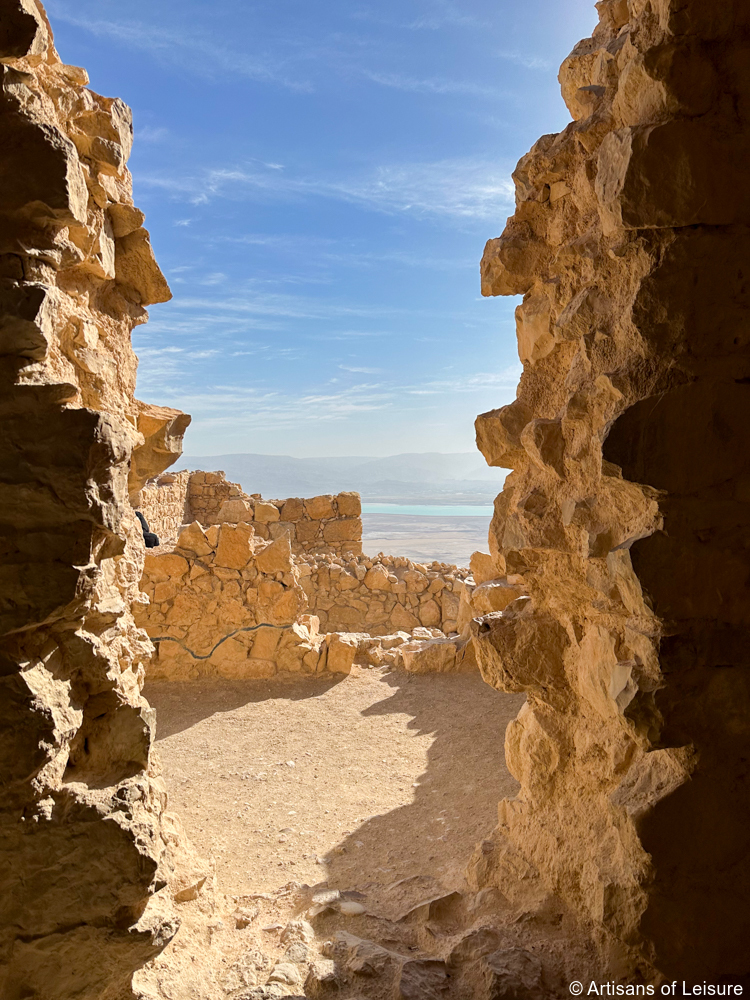
Following the death of Herod, Judea came under direct Roman rule, and a garrison was installed at Masada. During the Jewish Revolt of A.D. 66, a group of Jewish rebels seized Masada. Following the fall of Jerusalem and the destruction of the Second Temple in A.D. 70, the community of men, women and children at Masada represented a last holdout against the Roman Empire.
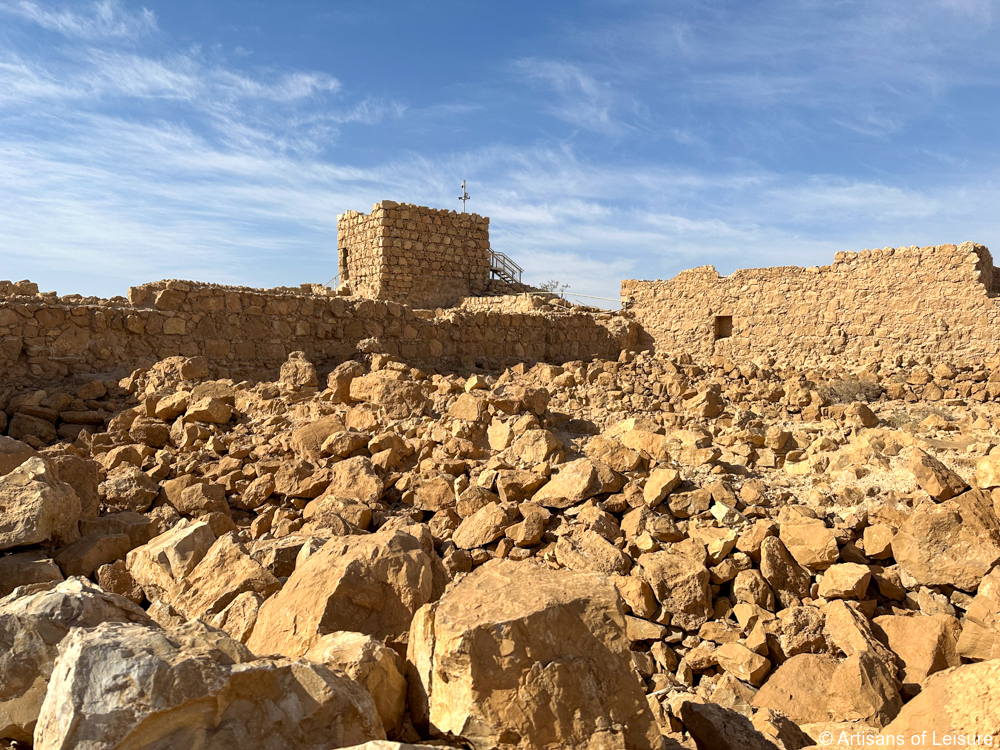
They successfully occupied Masada for several years, adding a synagogue and other buildings to the complex, before making a legendary last stand against Roman rule.
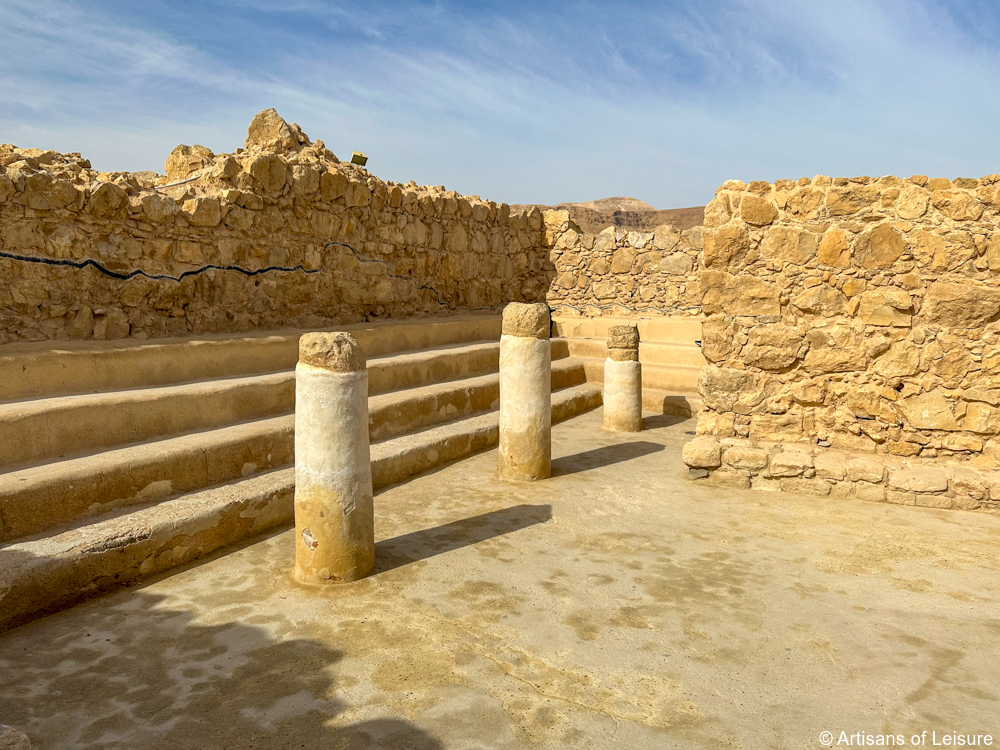
During the famous siege of Masada in A.D. 73, thousands of Roman soldiers built camps, fortifications and a siege ramp over a period of several months in an effort to take back the site from the Jewish community that numbered just under 1,000. According to the Jewish-Roman historian Flavius Josephus writing in the first century A.D., the Jewish rebels and their families committed mass suicide to avoid surrendering to the Romans, who eventually breached the walls.
Though modern scholars question the accuracy of this account, the siege of Masada and the heroism of the rebels in the face of oppression have become deeply significant symbols of Jewish cultural identity.
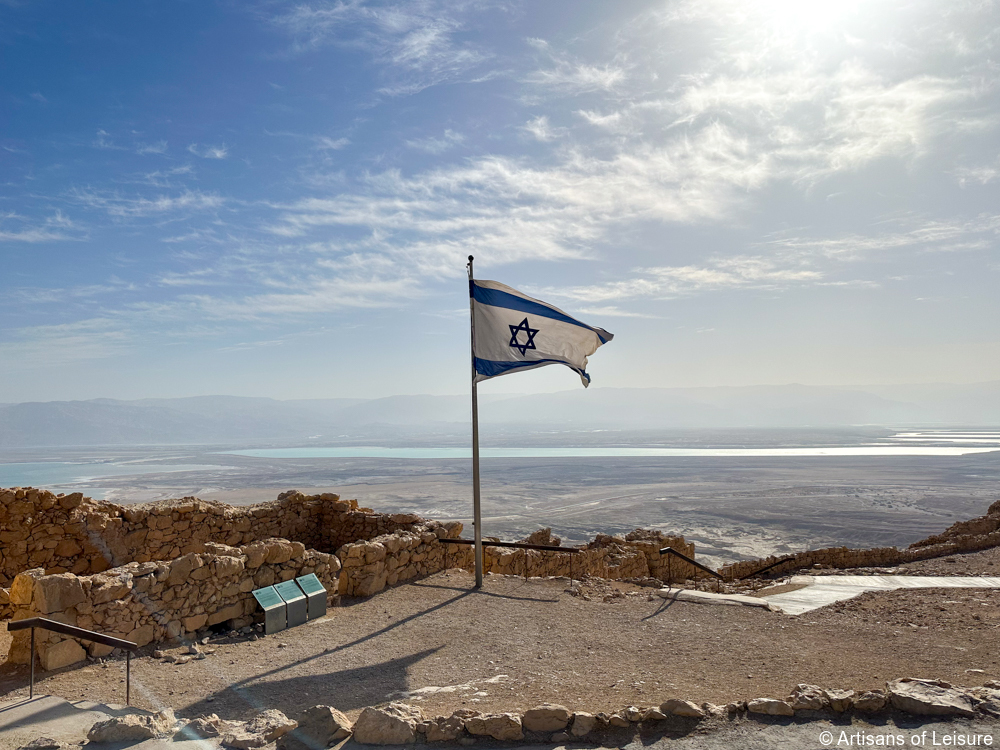
The remains of the siege ramp and the eight Roman siege camps around Masada are among the best-preserved in the world, offering valuable insight into Roman military siege strategy.
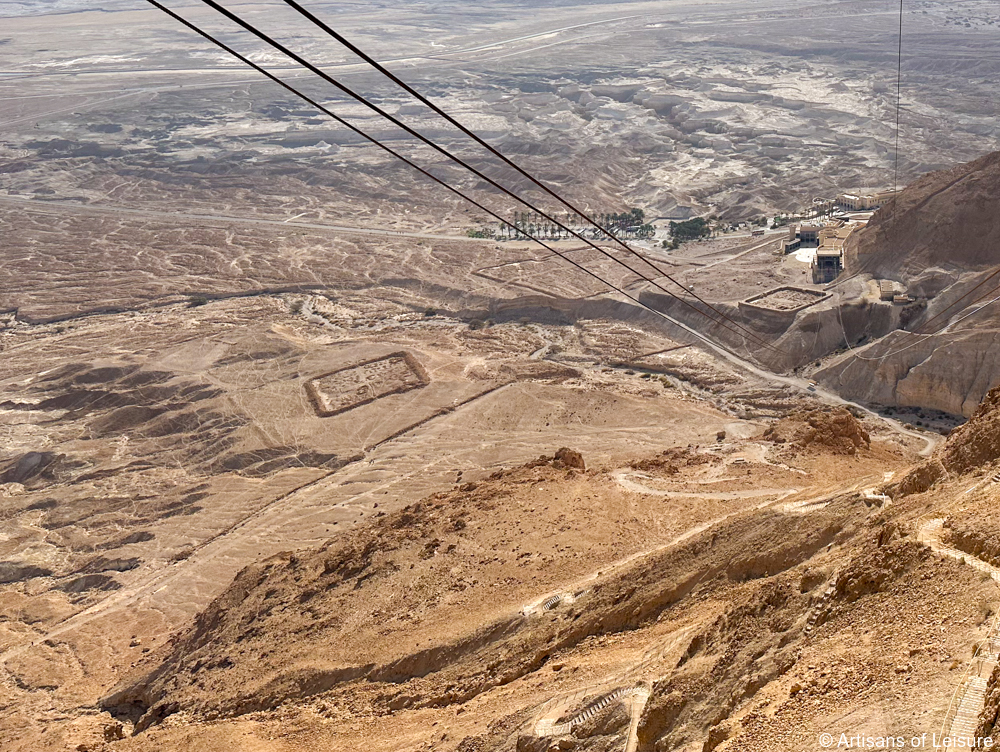
A small community of Christian monks last occupied the site in the fifth and sixth centuries A.D., leaving behind a Byzantine chapel. Masada was then abandoned and forgotten until its rediscovery in 1828, followed by excavations in the 1960s.
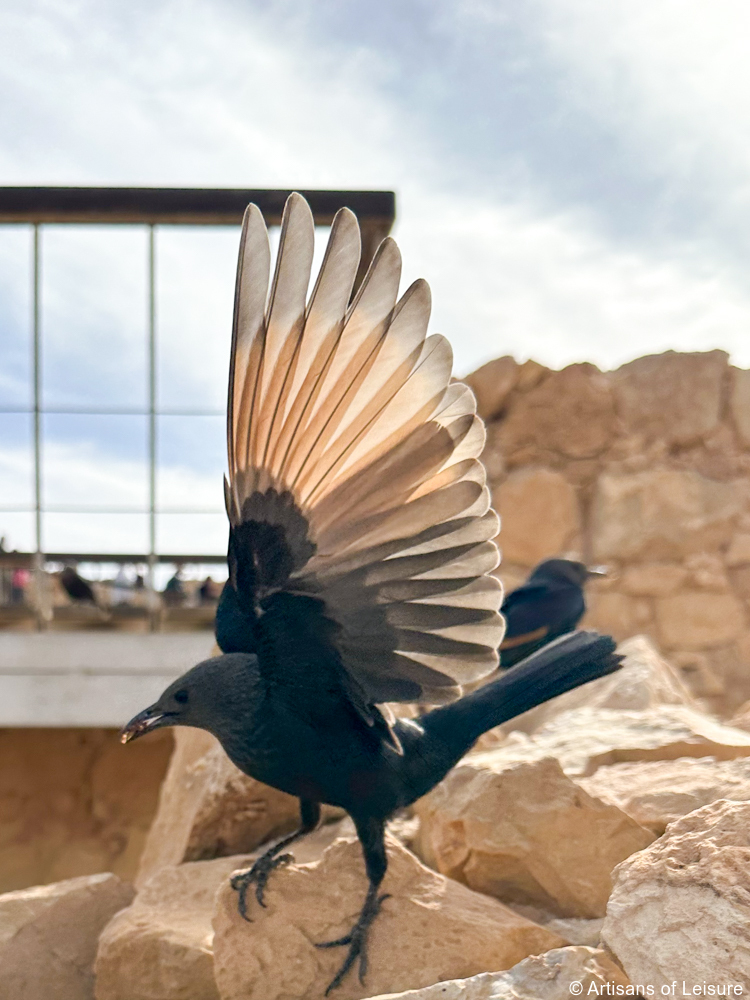
The ascent to Masada by cable car above the arid desert landscape makes for a memorable arrival to the site.
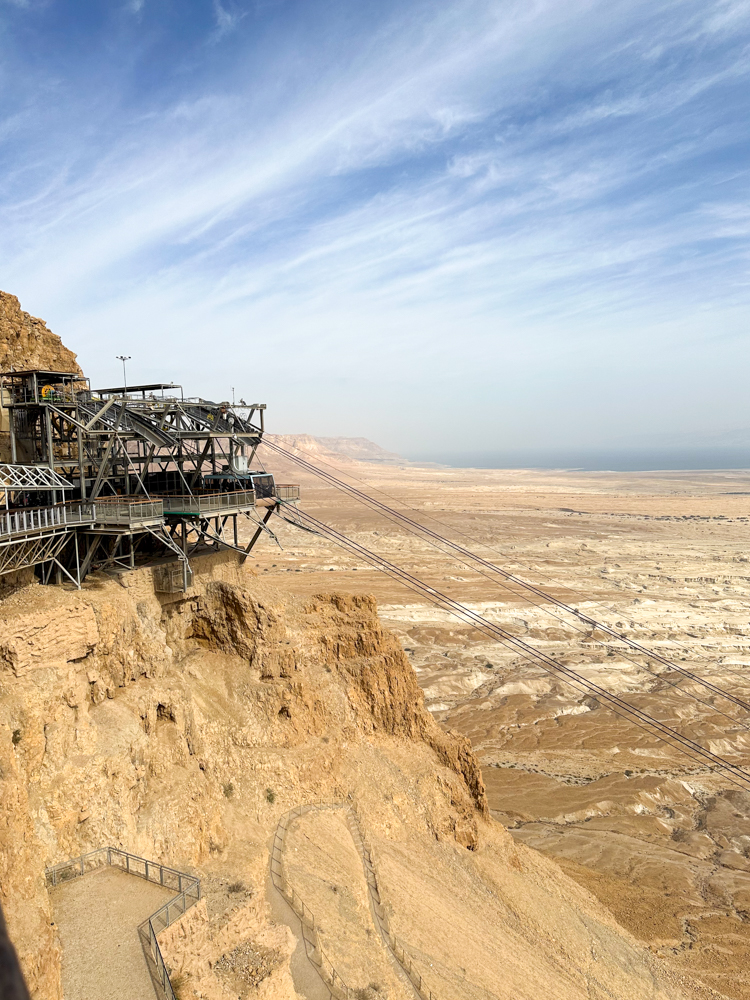
Alternatively, some active travelers prefer to hike to the top via the Snake Path or the Roman siege ramp, which we can arrange with a private guide.
A small on-site museum showcases a range of artifacts found during excavations at Masada.
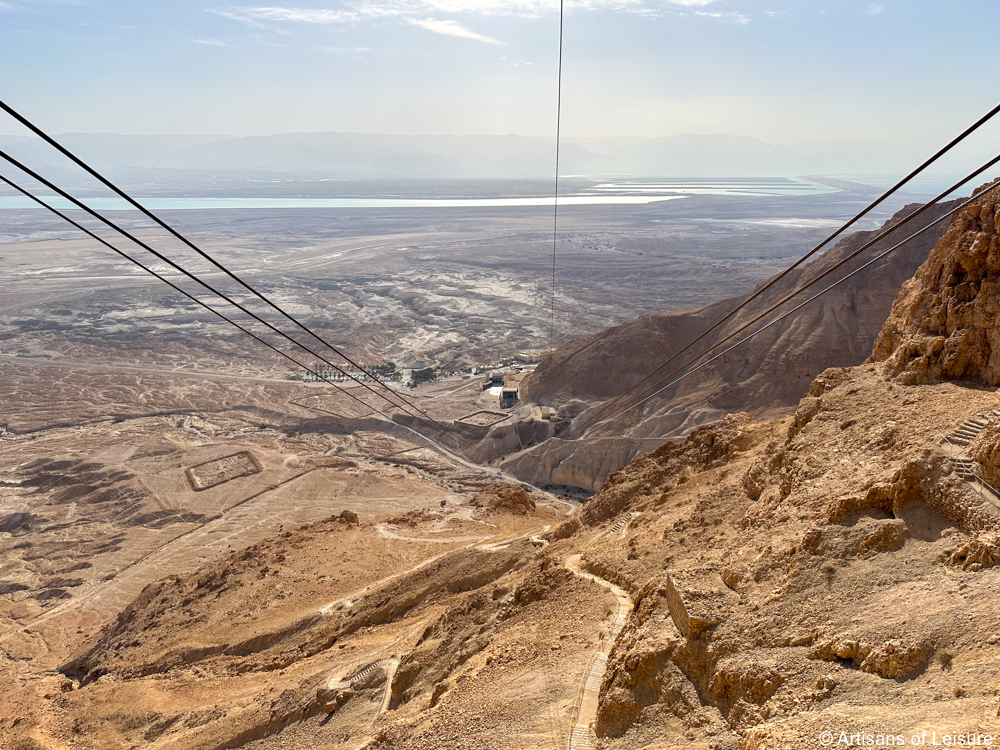
Masada is one of our favorite day excursions and combines well with a visit to the nearby Dead Sea, where we can arrange for our travelers to enjoy floating in the mineral-rich waters. Other options include hiking in the beautiful Ein Gedi Nature Reserve and exploring the Ein Gedi Botanical Garden.
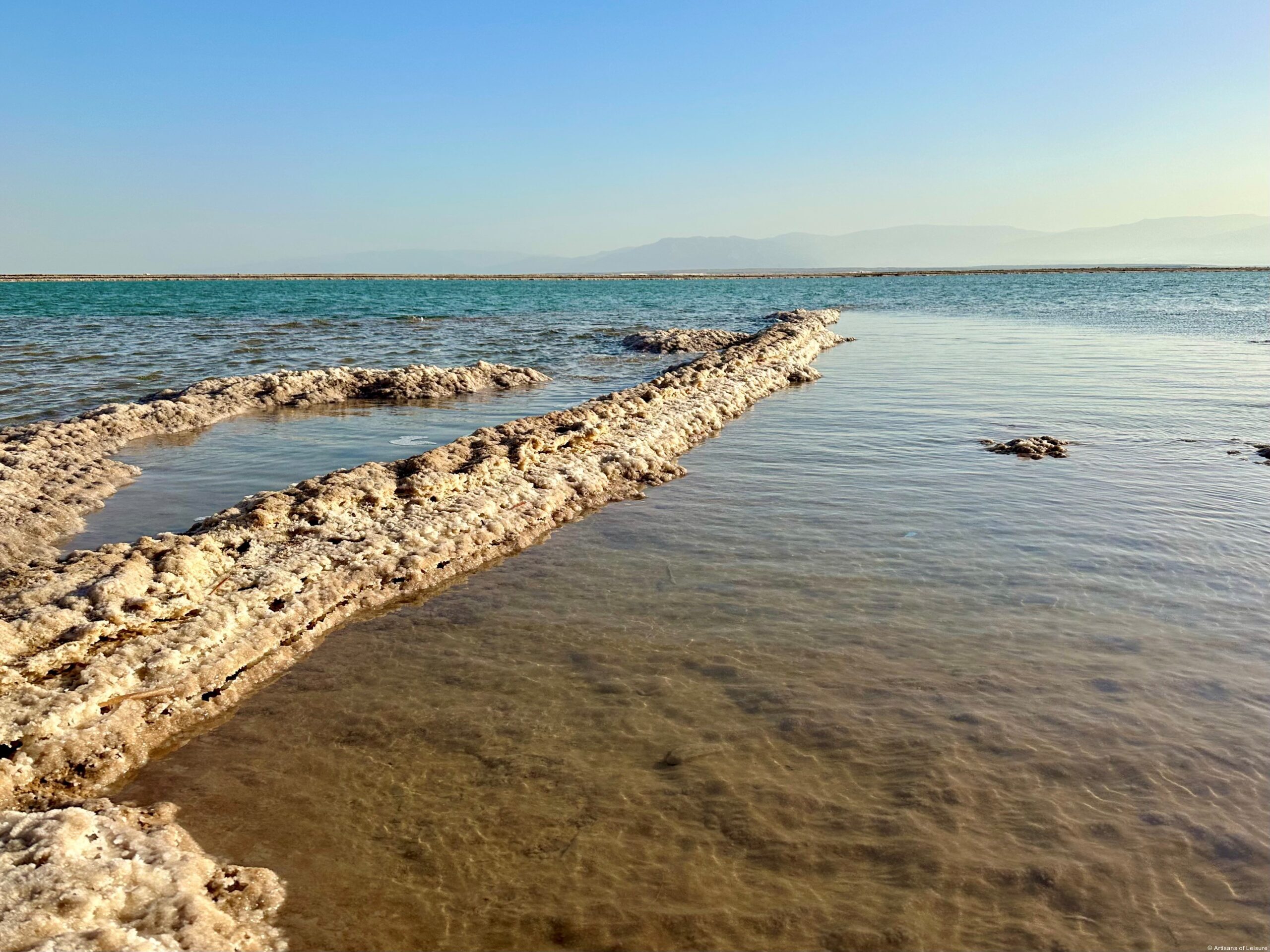
Contact Artisans of Leisure to begin planning a private luxury tour of Israel that features a private excursion to Masada.
Destinations: Israel, Middle East
Tags: ancient history, ancient Rome, ancient ruins, archaeological site, archaeological tours, architecture, Dead Sea, desert tours, hiking, history, history tours, Israel, Israel active tours, Israel history, Jerusalem, Jerusalem excursions, Jewish history, Jewish tours, Masada, Masada tours, private Israel tours

 MENU
MENU